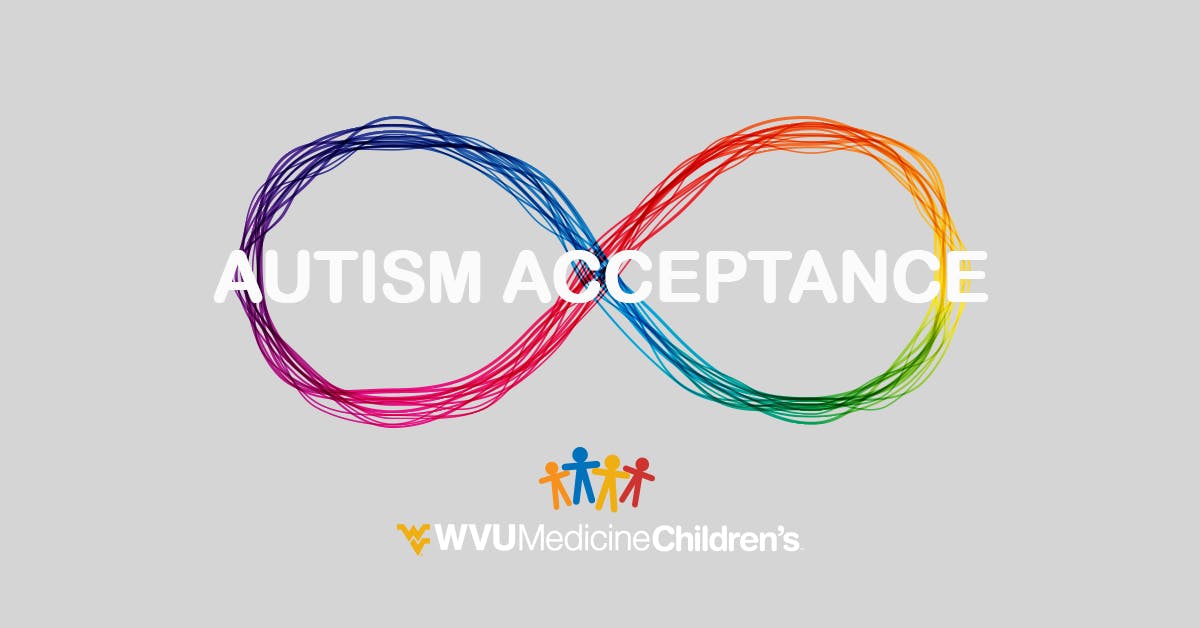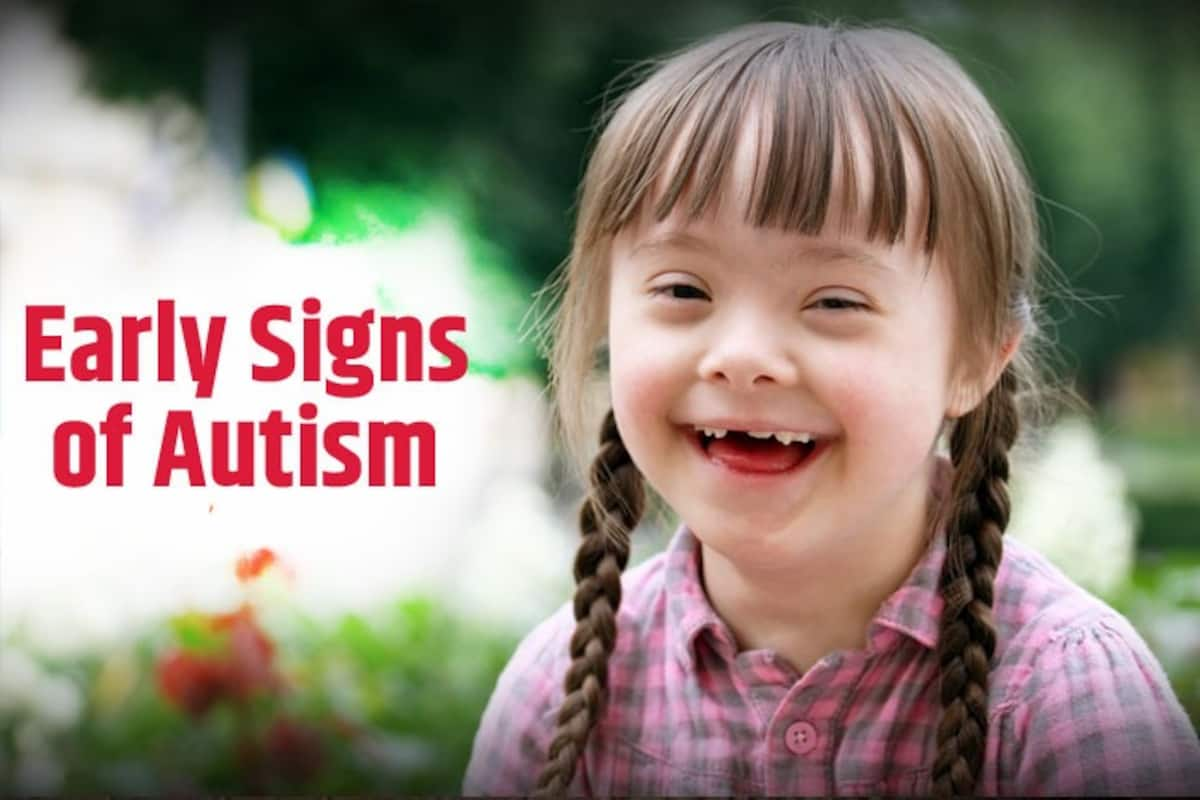The Role of Education in Supporting Students with Autism: Finest Practices
Understanding Autism: A Comprehensive Overview to Indicators and Symptoms
Autism Range Disorder (ASD) incorporates a broad range of features that can dramatically impact a person's social interactions and daily functioning. Recognizing these subtleties not just aids caretakers and educators in providing appropriate support but likewise fosters a much more comprehensive environment for individuals with ASD.
Summary of Autism Spectrum Condition
Specifying Autism Range Condition (ASD) includes recognizing it as an intricate neurodevelopmental condition defined by a variety of obstacles in social communication, interaction, and behavior patterns. The term "range" reflects the wide irregularity in signs and symptoms and their intensity, which can differ dramatically from one person to another. ASD normally manifests in very early childhood years, although some individuals might not get a diagnosis up until later on in life.
Elements affecting the development of ASD include hereditary predispositions and ecological variables, although the specific reasons remain under investigation. Medical diagnosis frequently counts on behavioral analyses, as there are no clear-cut medical examinations for ASD. Early treatment is important and can substantially improve results, concentrating on boosting communication abilities, social interactions, and adaptive behaviors.
Individuals with ASD may likewise exhibit distinct toughness, such as exceptional attention to information or specific locations of know-how. Understanding the complex nature of ASD is vital for fostering a comprehensive setting that suits neurodiversity. Continued research study is essential for developing effective treatments and support systems, making it possible for individuals with ASD to prosper and satisfy their potential within culture.
Usual Indicators of Autism
Identifying the typical indications of Autism Range Disorder (ASD) is essential for very early identification and intervention. These indicators can differ commonly in intensity and presentation, yet certain attributes are often observed in individuals with ASD.
One of the most prevalent indicators is a significant difficulty in keeping and developing eye call. Individuals may likewise display minimal rate of interest in social communications and show a choice for solitary play. Repetitive actions, such as hand-flapping, rocking, or rotating items, usually arise early in youth. In addition, some youngsters may create strict regimens and end up being distressed if these routines are interfered with.
Sensory level of sensitivities are also usual; individuals might overreact or underreact to sensory stimuli, such as appearances, noises, or lights. autism. Language advancement can be atypical, with some youngsters exhibiting delayed speech or utilizing language in uncommon means, including echolalia-- duplicating phrases or sentences heard elsewhere
It is necessary to keep in mind that not every person with ASD will certainly present all these signs, and the level of these habits can differ significantly. Early acknowledgment enables prompt assistance and resources, boosting the lifestyle for those on the spectrum.
Social Interaction Obstacles
Social communication difficulties are a hallmark of Autism Spectrum Disorder (ASD), affecting a person's ability to engage successfully with others. These problems can materialize in different methods, including challenges in launching and preserving conversations, understanding social hints, and responding appropriately in social interactions.
People with ASD may battle with nonverbal communication, such as eye call, faces, and body language. This can lead to his response misunderstandings, as their communicative intent may not be properly translated by others. Additionally, they might find it hard to realize the nuances of tone and context, which are important for efficient interaction.
In group setups, individuals with ASD may feel overwhelmed and might not recognize how to sign up with in discussions (autism). They might additionally display atypical conversational patterns, such as monologuing concerning particular rate of interests without identifying social reciprocity
In addition, these challenges can lead to social isolation or troubles in developing relationships, as peers may misunderstand their habits or interaction design. Recognizing these social communication challenges is critical for cultivating encouraging atmospheres that advertise social abilities growth and enhance the top quality of communications for individuals on the autism spectrum.
Sensory Responses and level of sensitivities
Numerous individuals with Autism Spectrum Condition (ASD) experience enhanced sensory level of sensitivities that can substantially impact their day-to-day lives. An individual with ASD might discover daily noises, such as a vacuum cleaner or crowded settings, overwhelmingly stressful, leading to anxiousness or disasters.
Sensory handling distinctions in people with ASD can likewise influence their ability to take part in social interactions and regular activities. For instance, a youngster who is delicate look at this site to touch might stand up to physical love or avoid specific apparel materials. A preference for specific appearances or tastes can restrict nutritional options and create difficulties throughout nourishments.
Recognizing these sensory sensitivities is vital for acknowledging the special experiences of people with ASD. Awareness of their sensory accounts can cultivate far better interaction and support approaches, creating an environment that suits their requirements and boosts their top quality of life. Ultimately, acknowledging sensory level of sensitivities is an essential component of understanding the wider range of autism.

Sustaining People With Autism
Reliable assistance for people with Autism Range Condition (ASD) is critical for improving their overall wellness and promoting self-reliance. Assistance strategies need to be customized to satisfy the unique demands of each individual, considering their obstacles and staminas.

Social abilities training can likewise play a pivotal role. autism. Involving individuals in group activities or role-playing circumstances can boost their capability to navigate social interactions. Additionally, it is important to educate member of the family, caretakers, and peers about ASD to cultivate a inclusive and helpful area
Verdict
By fostering boosted interaction and social skills, individuals with autism can navigate their settings more effectively. Ultimately, raised understanding and assistance can significantly improve the high quality of life for those impacted by ASD.
Autism Spectrum Disorder (ASD) includes a vast variety of qualities Your Domain Name that can considerably influence a person's social communications and daily functioning.Individuals with ASD may struggle with nonverbal communication, such as eye call, face expressions, and body language.Several individuals with Autism Range Problem (ASD) experience increased sensory sensitivities that can dramatically affect their everyday lives.Sensory processing differences in individuals with ASD can additionally affect their capability to involve in regular tasks and social interactions.Understanding these sensory level of sensitivities is important for acknowledging the distinct experiences of people with ASD.